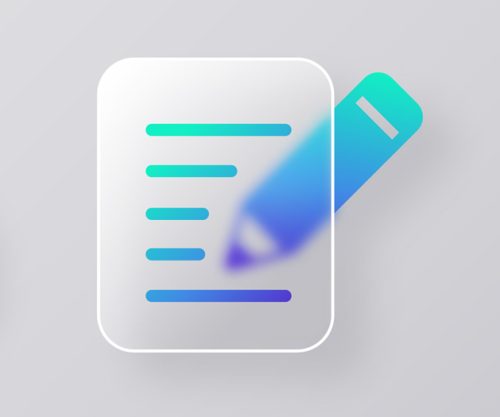Prompt Details
Example of Prompt Output:
A ‘limitation of liability’ clause is a provision in a contract that limits the amount of exposure a company faces in the event of a claim or lawsuit. In other words, it caps the potential damages or liability that a company could be required to pay. These clauses are often used to manage risks and control potential loss.
The significance of this clause lies in its protective function. By setting a maximum limit on potential liability, companies can mitigate financial risk and make more predictable business decisions.
For example, suppose a software development company contracts to create a custom application for a client. The contract includes a limitation of liability clause that caps damages at the total price paid for the services. If a bug in the delivered software causes the client to lose significant business revenue, the developer’s liability would be limited to the amount the client paid for the software development, not the total revenue lost by the client.
However, these clauses are not absolute and may not be enforceable if they are deemed unfair or if the liability arises from gross negligence or intentional misconduct. They are also viewed differently across various jurisdictions, which is why it’s crucial to seek legal advice when including such clauses in a contract.
In conclusion, limitation of liability clauses play a crucial role in contract law, balancing risk between parties and enabling more predictable business decisions. Understanding their meaning and implications is vital for anyone involved in drafting or negotiating contracts.

 Superprompts
Superprompts Business
Business Marketing
Marketing Legal
Legal Startup
Startup Education
Education Writing
Writing Social Media
Social Media LinkedIn
LinkedIn Youtube
Youtube












Reviews
There are no reviews yet.